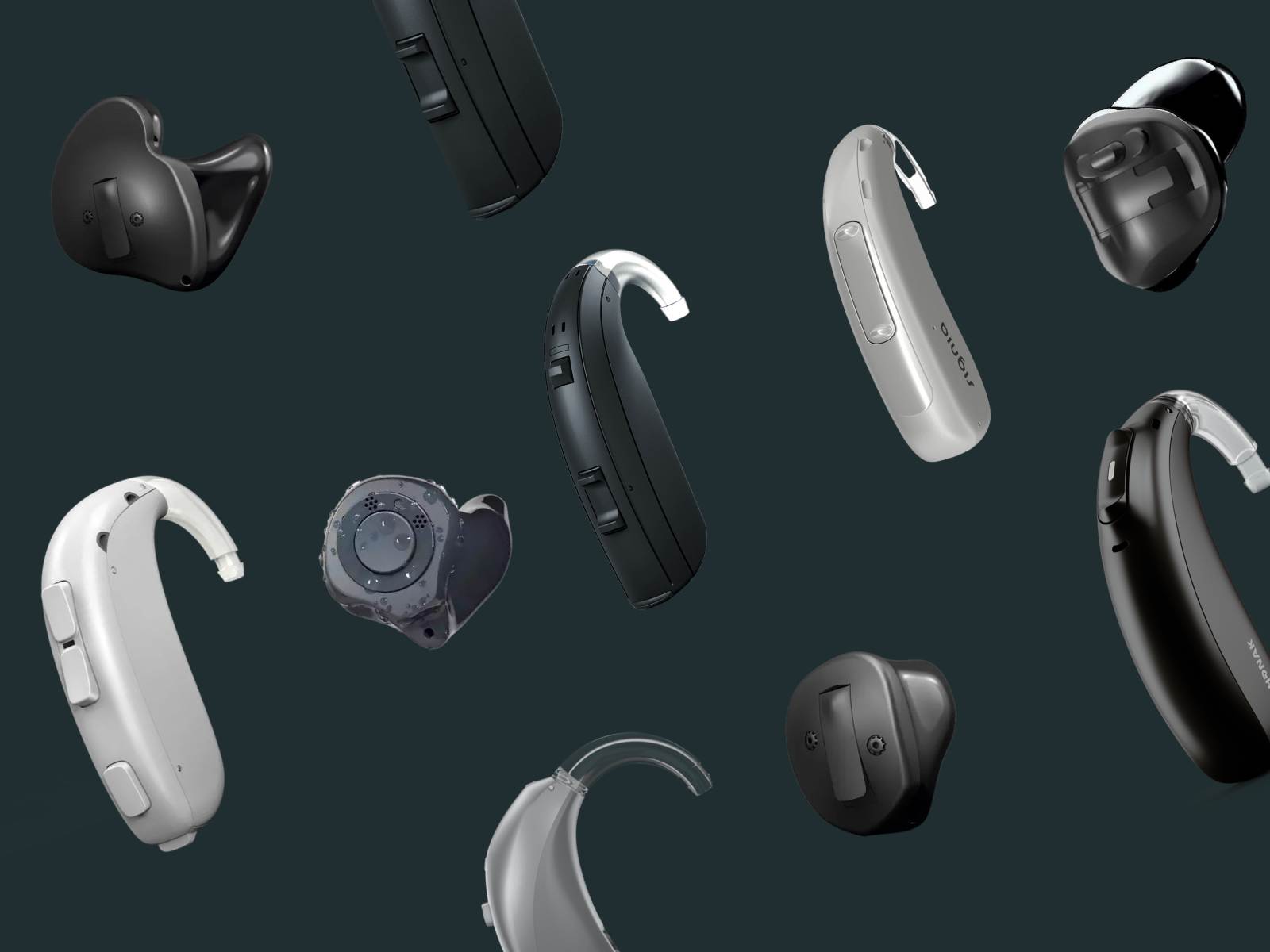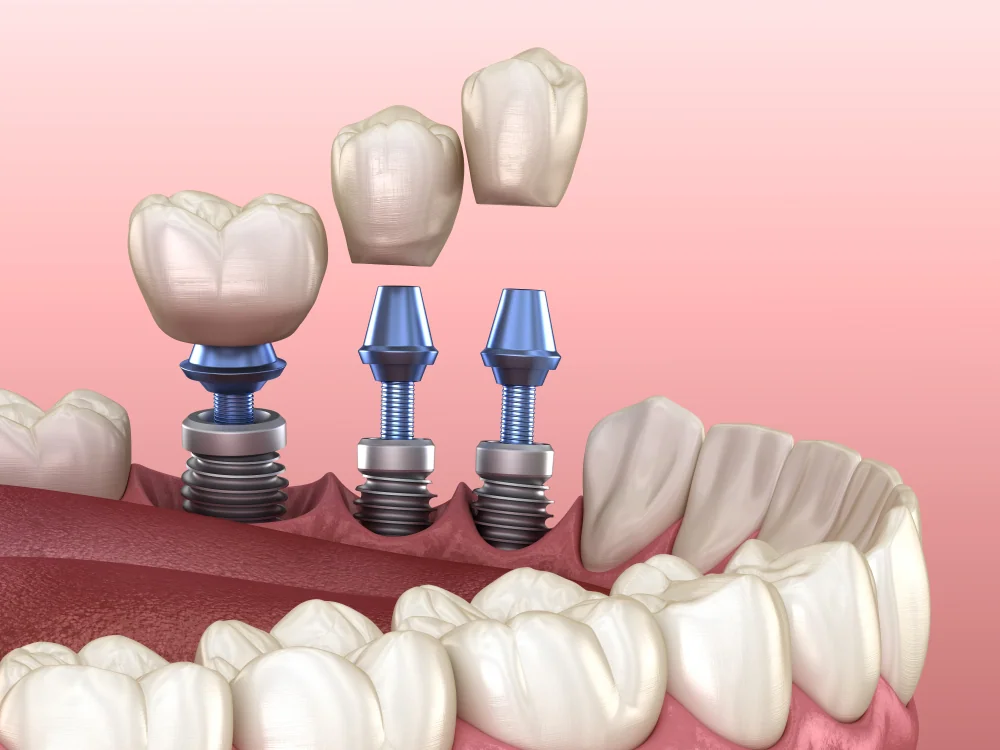Top Hearing Aids for October 2023, as Recommended by Experts
- Posted on Nov. 7, 2023
- Health
- Views 72
Hearing loss, affecting more than 60% of the U.S. adult population, is a common yet challenging issue. This guide aims to offer a comprehensive overview of the best hearing aids and ways to choose the right system for you.
Read More

Understanding Auditory Systems
Hearing aids are small electronic devices designed to address mild to profound voice perception loss. With various styles and sizes available, these devices cater to individuals across all age groups who are grappling with impairment. Regulated by the FDA, listening devices are typically fitted and dispensed by licensed care professionals, with audiologists being the most extensively trained in this area.
Functionality and Cost
A standard device comprises a microphone, amplifier, and speaker. It functions by converting acoustic sound waves into electrical signals, amplifying these signals, and then converting them back into sound waves. The cost of auditory systems varies widely based on multiple factors, including manufacturer, model, technological features, and the professional from whom they are purchased. Starting prices in 2023 ranged between $800 to $3,198 for a pair.
Expense and Effectiveness
The price is often a cause for concern. It is necessary to understand that total expenses depend on several aspects like the level of loss, the material quality, warranty, and the available setting. While more expensive listening devices may offer advanced features, it's crucial to note that the effectiveness of a unit is not solely dependent on its price tag. The choice depends on many factors like the degree of auditory loss, style preference, and lifestyle requirements. Consulting an audiologist can assist in choosing the most suitable device within one's budget.
Can I Cover the Costs with Insurance?
Private insurance doesn't cover the hearing aids, but some federal programs like Federal Employees Health Benefits do. Usually, they help the veterans and retired employees to cover the expenses.
Types of Units
Auditory systems come in various styles to suit the user's preferences, level of sound perception loss, fit, and physical abilities. Some common types include:
- Behind-the-Ear (BTE)
- Receiver-in-Canal (RIC)
- In-the-Ear (ITE)
- Completely-in-Canal (CIC) aids.
Each style caters to different levels of loss and user needs, providing varying levels of discretion and functionality.
Benefits and Potential Side Effects
The benefits of listening units are significant, with studies linking their usage to improvements in hearing and overall health. However, improper use or fitting may lead to side effects like soreness, skin irritation, itchiness, and headaches. A well-fitted listening device can significantly mitigate these side effects, emphasizing the importance of consulting an expert for the best fit.
Selecting the Best Listening Systems
Selecting the best system hinges on factors such as the degree of disease and dexterity. A comprehensive health examination by an audiologist is crucial to determine the appropriate device, and consideration should be given to the fit, features, and compatibility based on the user's specific needs.
Purchasing Considerations
Before purchasing a device, explore such factors as:
- trial periods;
- warranty information;
- the devices' capabilities;
- types of charging and the work duration;
- remote control;
- microphone settings.
Additionally, understanding the hearing aid's compatibility with future changes in hearing loss and ensuring warranty coverage are vital aspects to consider.
Where and How to Buy Hearing Aids
OTC hearing aids are available at Best Buy, Walmart, and Walgreens. For prescription-based aids, better consult your doctor and buy devices only in professional stores. Visiting local clinics, wholesalers, or branded hearing care centers could also provide a wide range of options, ensuring guidance and fitting services.
Behind- OrIn-the-ear: Choosing the Form
The choice between In-the-Ear (ITE) or Behind-the-Ear (BTE) accessory depends on individual factors such as the level of hearing loss and manual dexterity. Most users prefer the BTE style due to its broad range of fitting flexibility and the earliest implementation of cutting-edge technology, making it suitable for various hearing losses. However, the ultimate decision should be based on an individual's conditions and preferences.
Where to Buy Good Aids?
Most commonly, hearing devices are bought through the internet or specialized shops. The approval of over-the-counter hearing aids by the FDA means that consumers can buy these devices directly from the producer. Major retailers also offer a range of hearing aids, cooperating with the most popular manufacturers.
If you're seeking an auditory system for severe loss and have a recipe, you can explore and buy them from authorized online retailers, stocking models from various manufacturers like Oticon, Starkey, and ReSound. While purchasing online is possible, some retailers may require an in-person visit for further assessment and fitting.
To locate hearing aids in your area, OTC options are available at brick-and-mortar stores like Best Buy, Walmart, and Walgreens. For prescription, consult with your doctor to determine the most suitable brands and models available locally at wholesale stores, branded hearing centers like Beltone or Miracle-Ear, or independent hearing health clinics.


